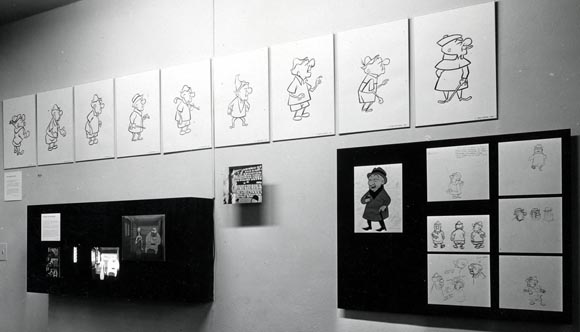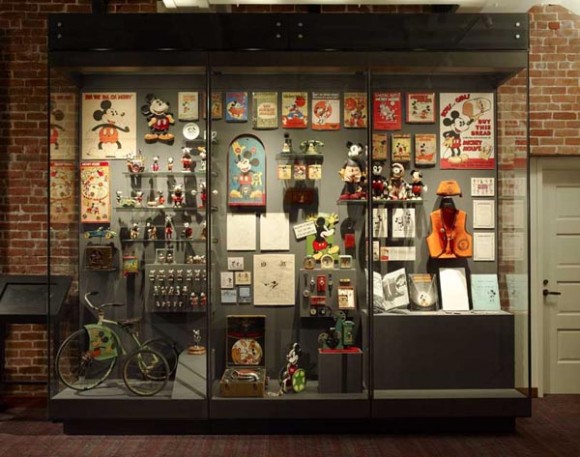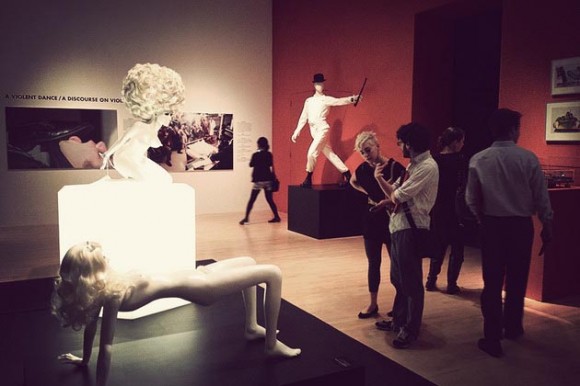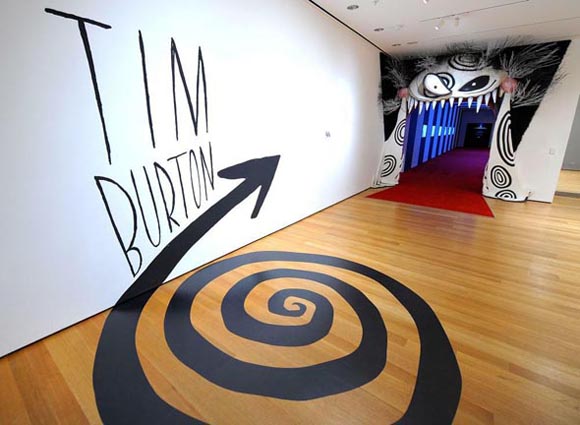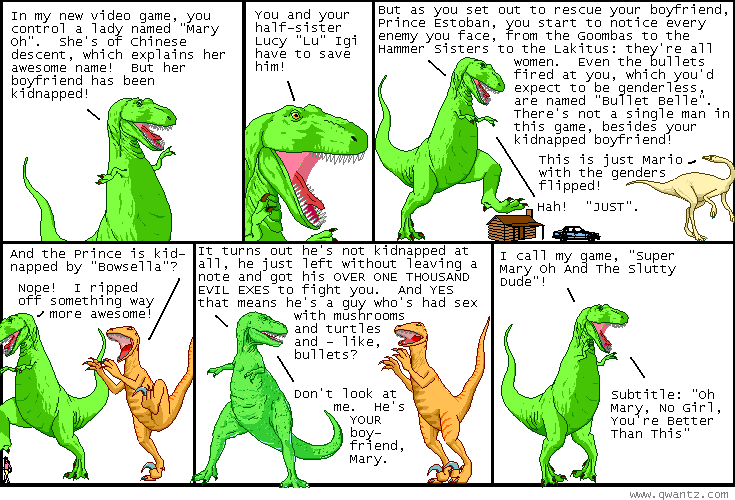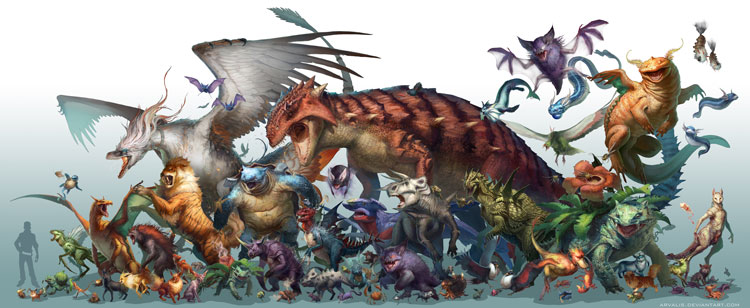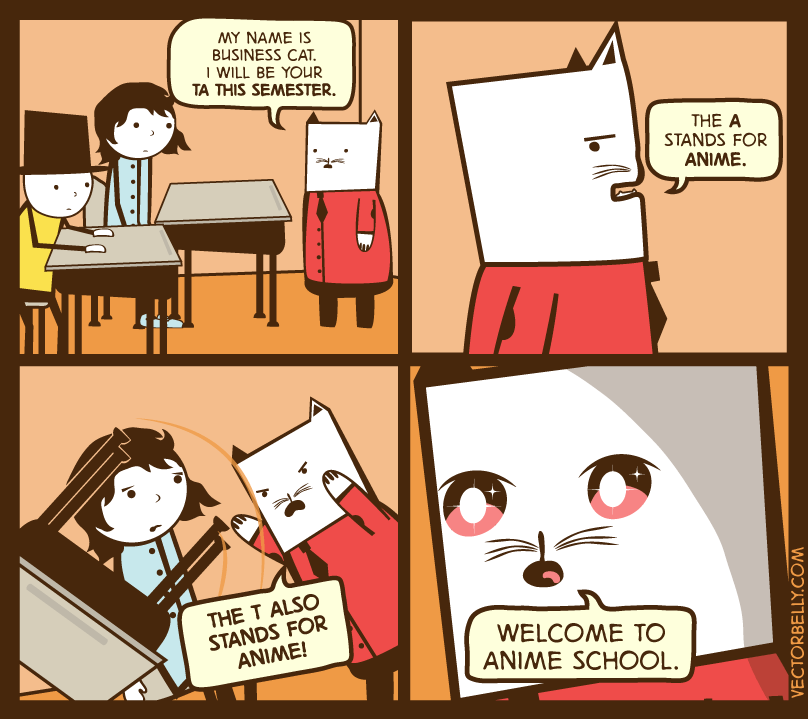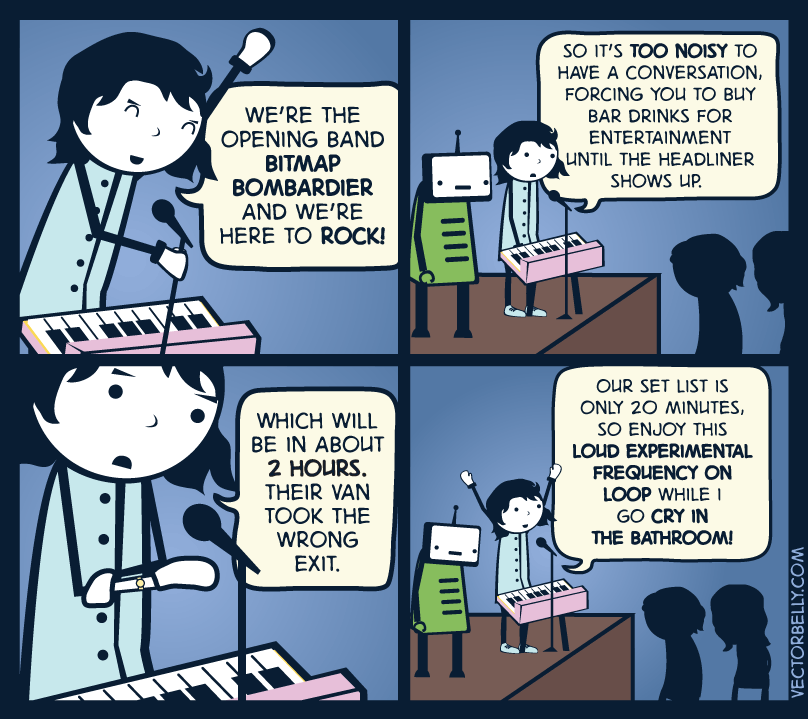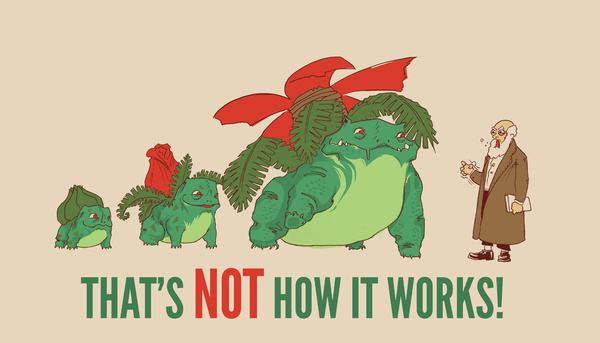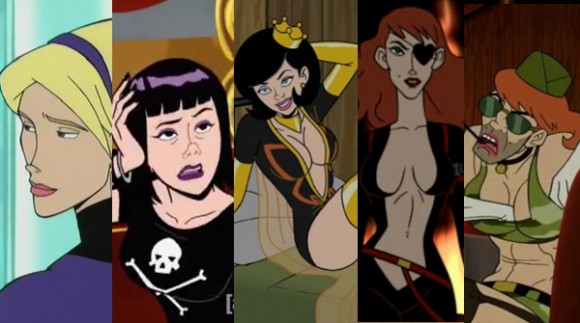 Following the misadventures of a family of fourth generation super scientists and the villains and associates they have picked up along the way, Adult Swim’s The Venture Bros., created by Doc Hammer and Jackson Publick, has been treating its fans to an intelligent pastiche of adventure fiction and the teen sleuth genre since 2004. With each passing season, the popular animated series, which exposes the bleak future of boy detectives and the failed dreams of the 1960s space race, adds to a constantly evolving collection of characters from the male-dominated catalog of secret agents, boy geniuses and action figures.
Following the misadventures of a family of fourth generation super scientists and the villains and associates they have picked up along the way, Adult Swim’s The Venture Bros., created by Doc Hammer and Jackson Publick, has been treating its fans to an intelligent pastiche of adventure fiction and the teen sleuth genre since 2004. With each passing season, the popular animated series, which exposes the bleak future of boy detectives and the failed dreams of the 1960s space race, adds to a constantly evolving collection of characters from the male-dominated catalog of secret agents, boy geniuses and action figures.
Women however, are frequently portrayed as, albeit appropriately for the tone of the program, cynical sex workers, emotionally disturbed shut-ins and hapless bystanders. However, there are a handful of female characters, all of which that walk the line of masculinist fantasy and post-feminist strength, that have risen to the top as fan favorites. For those of you who need a refresher before The Venture Bros. returns for its fifth season tonight at midnight, here’s a recap of the show’s previous seasons through the eyes of these sometimes misunderstood, always popular ladies of the Venture-verse.
 Dr. Girlfriend
Dr. Girlfriend
Occupation: Number Two for The Mighty Monarch
AKA: Lady Au Pere, Queen Etheria, Dr. Fiancee, Dr. Mrs. The Monarch
First Appearance: Episode 101: Dia De Los Dangerous!
The lover/second in command for Dr. Venture’s relentless arch-nemesis, The Monarch, and the most prominent of all the female characters in the series, she has had a string of male bosses intent on exploiting her sexuality rather than take advantage of her professional acumen and top level efficiency. Due to her bass-y, gravel inflected voice her actual gender is called into question on numerous occasions, including rumors that she is MTF with a surgically implanted baboon’s uterus.
In Episode 102, Mid-Life Chrysalis she goes undercover for The Monarch to seduce Dr. Venture and infect him with a deadly serum, only to ultimately be slut-shamed by her boyfriend and driven back into the arms of her old boss, Phantom Limb. After some soul searching, she and The Monarch reunite and are granted duo-ship by the evil-doers bureaucracy The Guild of Calamitous Intent. It appears that their villainous bliss is put in jeopardy when in, episode 414, Assisted Suicide, she makes out with Henchmen #24, but when The Monarch finds out, he simply shrugs it off, pointing out that bad guys are pretty much all swingers.
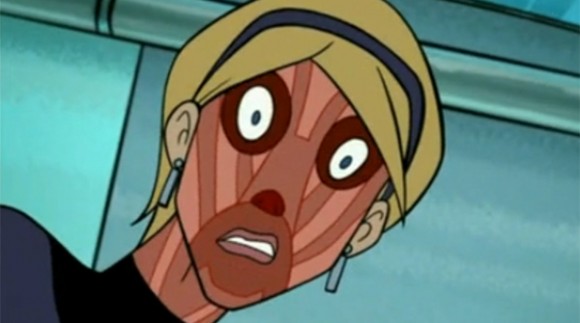 Sally Impossible
Sally Impossible
AKA: The Visible Woman
First Appearance: Episode 109: Ice Station: Impossible
Rival scientist, Professor Impossible’s long oppressed wife, she is kept hidden from the outside world and her husband’s investors due to her invisible skin — a result of one of his laboratory accidents. Trapped in a loveless marriage and desperate for sexual intimacy she is constantly looking for a way out through the few men she comes in contact with, like in episode 205, 20 Years to Midnight where she mistakes Dr. Venture’s self-serving behavior for affection and desire to rescue her from her imprisonment.
Eventually, by episode 309, Now Museum – Now You Don’t, she is living with Dr. Venture’s parasitic twin brother, JJ, on Spider Skull Island as part of his defense team. Her absence from her husband’s life drives him into a deep depression and leaves him in such a low emotional state he can be recruited into the new evil guild, The Revenge Society as seen in episode 411, Every Which Way But Zeus.
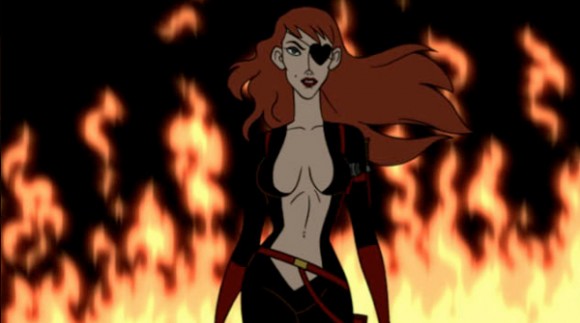 Molotov Cocktease
Molotov Cocktease
Occupation: Siberian Mercenary
Group Affiliation: The Black Hearts
First Appearance: Episode 104: Eeney, Meeney, Miney… Magic!
A deadly opponent of the Venture family’s bodyguard/nanny, Brock Samson, the two are locked in a pre-coital tête-à-tête that, due to her titanium-clad chastity belt, she ultimately always wins. She is truly the only woman he has ever loved, which is proven in episode 207, Assassinanny, where she discovers while babysitting the Venture family in Samson’s absence, that he kept her eye as a memento.
Publick and Hammer make up for Molotov’s shameful underuse in the show by weaving her into major plot points in the most clandestine of ways; take for example episode 313, The Family That Slays Together, Stays Together, pt. 2, when she stages an elaborate assassination attempt on Samson in order to guarantee success for her own mercenary squad, The Black Hearts. In the season 4 finale, Operation P.R.O.M she reveals that while she is no longer chaste, her heart belongs to her new boyfriend, Monstroso and she lets herself fall to her apparent death rather than stay with Brock.
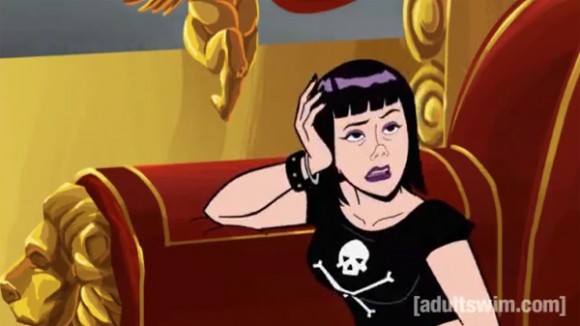 Triana Orpheus
Triana Orpheus
Known Relatives: Dr. Byron Orpheus (father) Tatyana (mother)
First Appearance: Episode 104: Eeney, Meeney, Miney… Magic!
The daughter of the magical Dr. Orpheus, she and her father rent an apartment on the Venture property after her mother left them for a young necromancer named The Outrider. She is unaware that, because of her father’s involvement in the dark arts, her own sanity is teetering on the brink of instability, this is made most clear in episode 204, Escape to the House of Mummies where he alludes to having to wipe her memory every time she goes into her bedroom closet, which is actually a porthole to “the burning nowhere”.
When faced with a future of being married to Dean and mothering his deformed offspring in episode 407, The Better Man she decides to go and live with her mother, where she finds a new boyfriend, a dreamboat paraplegic named Raven.
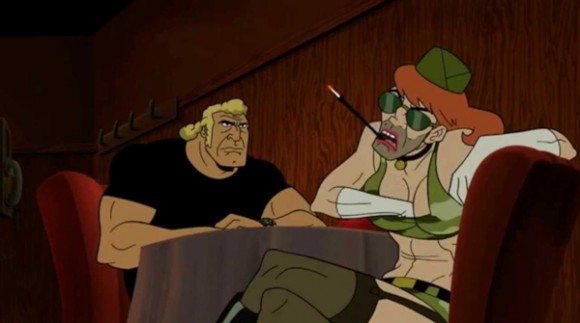 Colonel Hunter Gathers
Colonel Hunter Gathers
Occupation: Secret Agent
First Appearance: Episode 207: Assassinanny
Brock Samson’s government agent mentor, after dedicating his life to the secret agency OSI, he undergoes gender reassignment surgery to escape assassination after he goes AWOL.
He is frequently seen providing professional and spiritual guidance to Samson in flashbacks and, in the case of episode 211, Showdown at Cremation Creek, pt 1, a peyote induced fever dream. After spending some time working undercover as an exotic dancer and in an all-female mercenary squad, it is later revealed that he had been undercover for the splinter terrorist group S.P.H.I.N.X. all along, where Samson rejoins him as his charge. Though he is no longer living life as a woman (from the waist up, anyway) he reveals in episode 415, The Silent Partners that he misses his breasts: “Inside of me there’s a woman screaming to be heard!”
The Venture Bros. season five debuts on Sunday, June 2, at midnight on Adult Swim.
 Following the misadventures of a family of fourth generation super scientists and the villains and associates they have picked up along the way,
Following the misadventures of a family of fourth generation super scientists and the villains and associates they have picked up along the way,  Dr. Girlfriend
Dr. Girlfriend Sally Impossible
Sally Impossible Molotov Cocktease
Molotov Cocktease Triana Orpheus
Triana Orpheus Colonel Hunter Gathers
Colonel Hunter Gathers Every decade or so, there is talk of an animation museum in the United States, and while none has ever been built, two new museums on the horizon promise to be a pretty big deal for the film and animation communities.
Every decade or so, there is talk of an animation museum in the United States, and while none has ever been built, two new museums on the horizon promise to be a pretty big deal for the film and animation communities. 